How To Section Your Hair For Clip-In Extensions
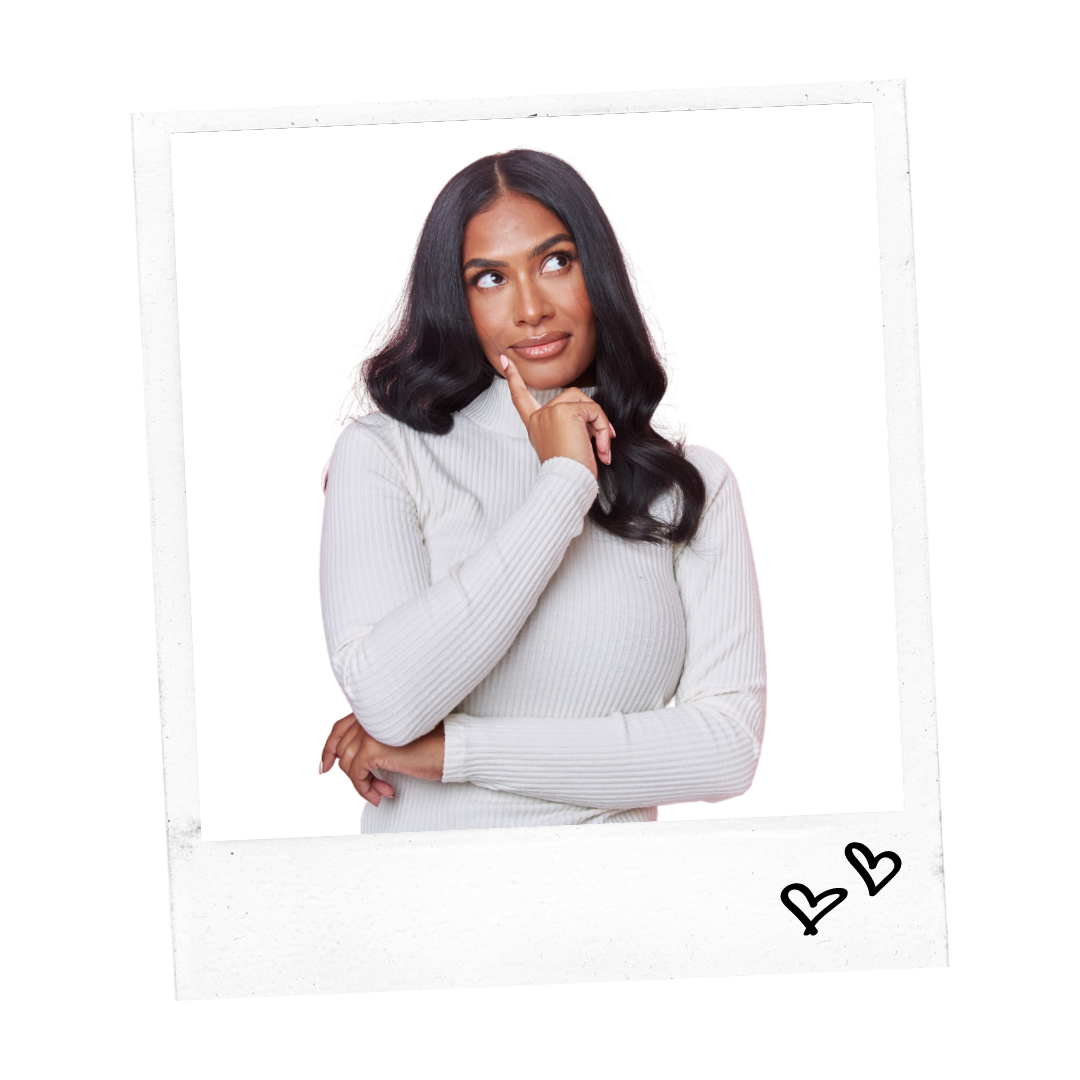
How To Section Your Hair For Clip-In Extensions
Hair extensions can seem a little intimidating at first but when you break it down they're really easy to apply flawlessly, it just takes a little practice. Your hair goals can be achieved at home, for less than a fraction of the cost you would pay at the salon.
Keep ReadingHair extensions can seem a little intimidating at first but when you break it down they're really easy to apply flawlessly, it just takes a little practice. Your hair goals can be achieved at home, for less than a fraction of the cost you would pay at the salon.
In this article, you will learn where to confidently apply the extensions on your head to achieve natural-looking extensions and pick up a few tips along the way that will just give those extra details to make sure no one will know you're wearing extensions. We're here to help your hair journey be much easier.
- What is sectioning and its importance?
- Determining the right ones for you
- The One-Piece
- The more the merrier
What is sectioning and its importance?
Sectioning your hair is very important when applying extensions. Sectioning your hair is simply splitting your hair into multiple parts evenly. Sectioning your hair when applying extensions is especially important. This is because when you apply your hair on each section it needs to lay flat and level. This will prevent your hair from suffering from any tension as it would if it were applied at an angle unevenly.
Determining the right ones for you:
There are a range of hair extensions and you need to determine the right type of hair extensions for you.
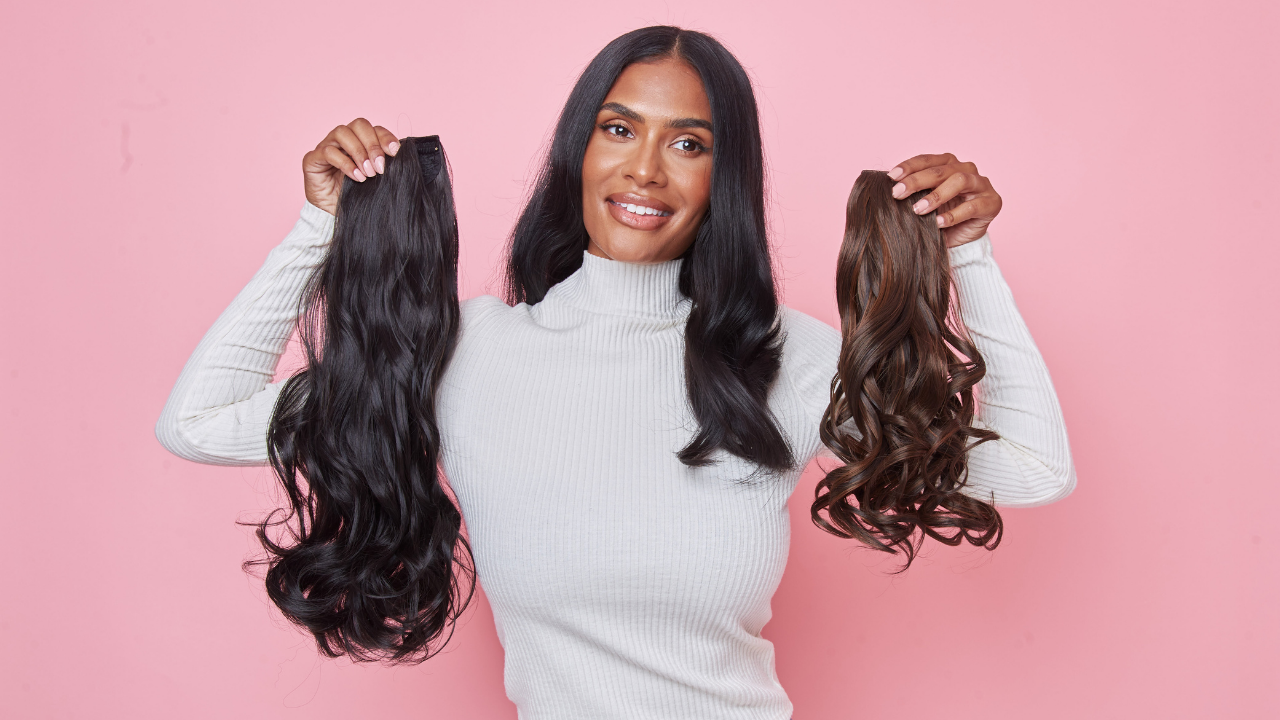
One piece curly 20" and 16"
You can get real human hair clip-in extensions and you can also get synthetic hair clip-in extensions. Human hair clip-in extensions tend to be lighter and have great longevity. You can also style human hair extensions to your heart's content. Synthetic hair extensions normally come pre-styled so you have perfect bouncy curls, waves or pin-straight hair. They do a lot of the work for you. Determining what you want from your hair extensions will determine whether you opt for human or synthetic clip-ins.
TOP TIP: If you have very thin hair we would recommend using a seamless human hair clip-in extension. These extensions are lighter on the head and have a seamless band that blends with your hair. They also lie slightly flatter to the head meaning you won't see them as much through your real hair.
The One-Piece
Clip-in extensions come in different packs. Some may have a one-piece clip in weft or some packs may have 5 pieces to clip in. Depending on how many clip-in hair extensions you have will depend on where you section your hair.
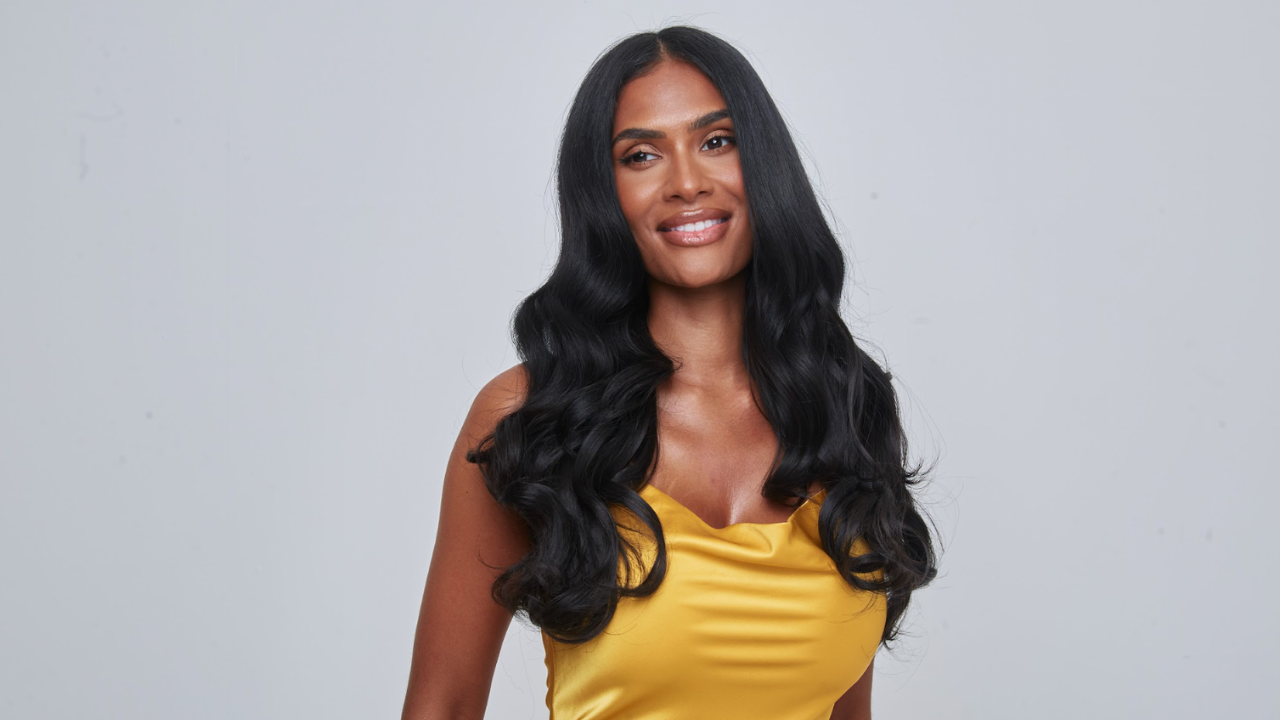
Raquayya wearing our one piece curly
For a one-piece extension, there are usually 5 clips. this kind of extension piece only needs to be applied in one place as there is enough hair to give your hair a full transformation.
If you just have a one-piece clip-in weft you want to section your hair just between your crown and the middle of the back of your head. To make it easy find an inch above your ear on either side of your head and section your hair here, all the way around the head.
To make sectioning easier, using a pin-end comb will make sectioning faster and very accurate. Having neater sections will ensure you have a good base for your extensions to be attached to. If your sections aren’t very straight this can lead to uneven application of the hair extensions and also uneven distribution.
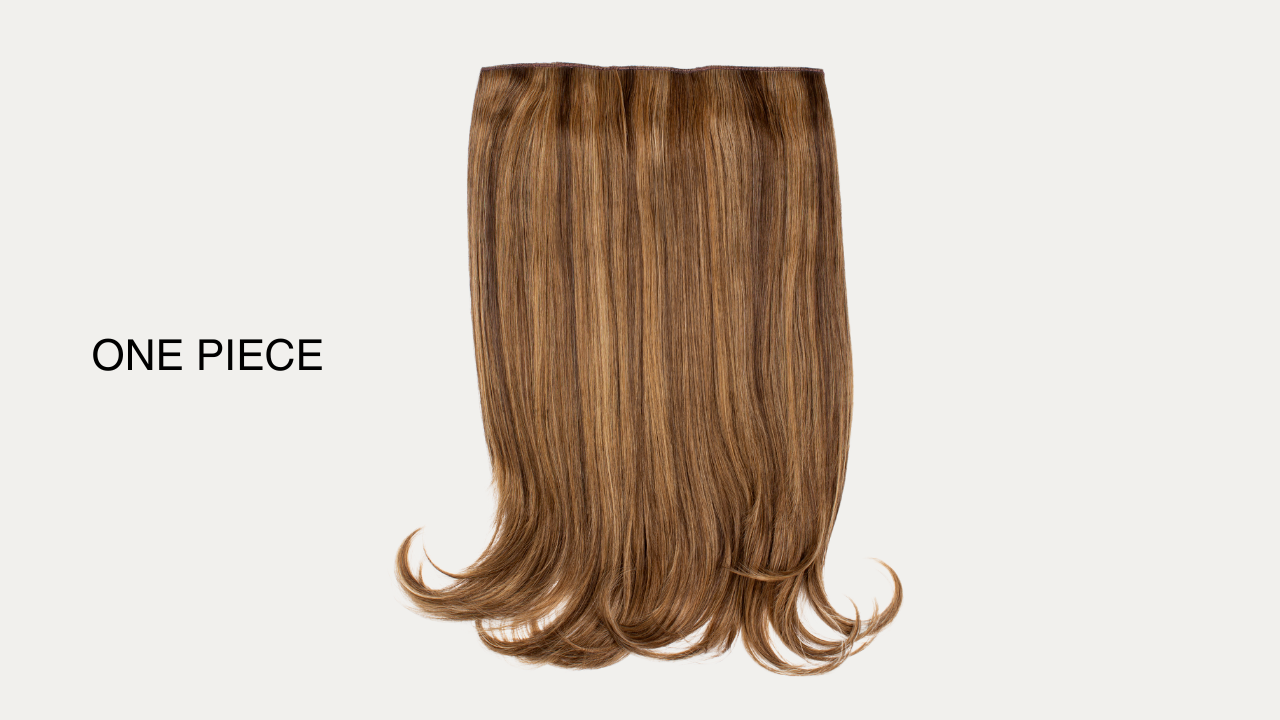
At this point on your head, the extensions will be hidden by the layer of hair above your crown area. Having them at this height also means that if you like to wear your hair pulled to the front, when you split the hair at the back in half, the weft will not show as you are splitting the hair quite far below the placement.
TOP TIP: Before applying your extensions, when sectioning your hair you want to backcomb the part that you are going to clip the extensions to. This helps the extensions grip onto your hair to prevent any slipping. This works really well for people who have thin or freshly washed hair.
The more the merrier
If you have multiple clip-in hair wefts you’re going to need a few more sections.
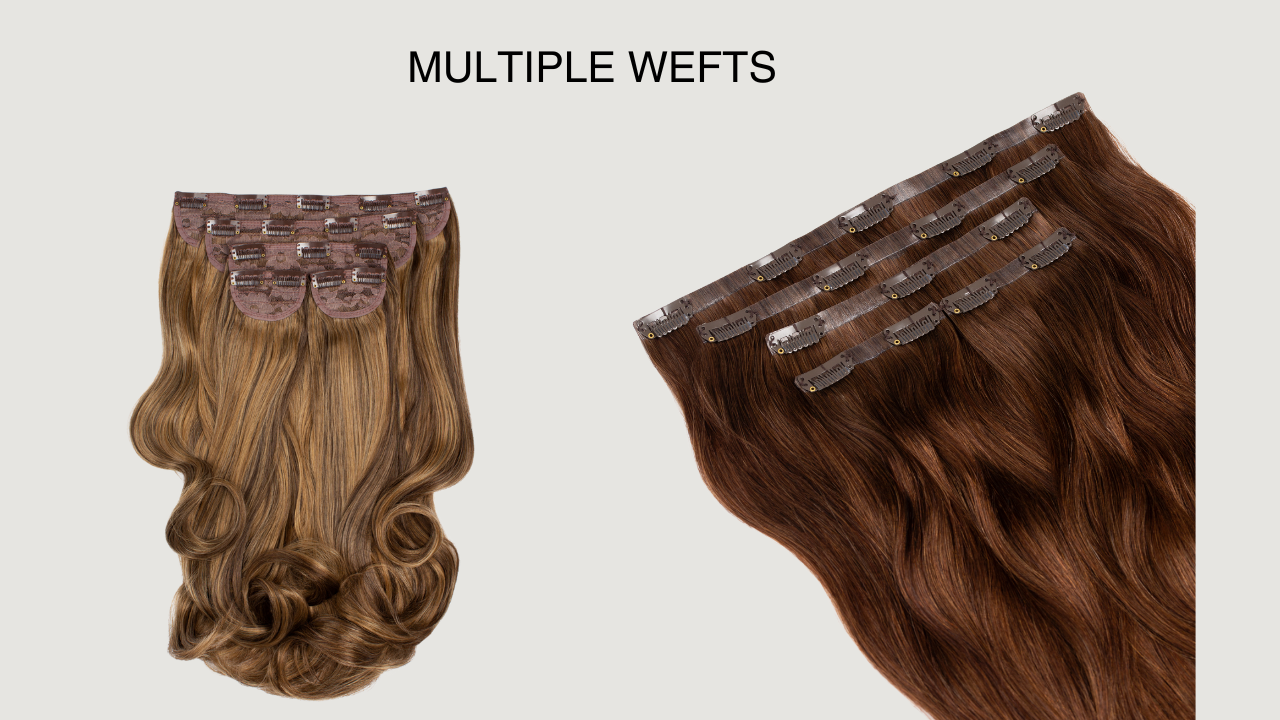
Synthetic hair extensions and human hair seamless extensions
Starting with your first weft, you usually want to apply a three-clip piece about an inch below the halfway point of your head. This will be your base section.
REMEMBER! Gently backcomb each section to ensure the clips have sufficient grip to your hair. Once clipped in cover this section back over with your hair. Leaving the gap in between each section means that you’re constantly blending your natural hair in with the hair extensions.
Following your three clip piece you want to take your extension piece that has the most clips, usually the five clip pieces. This is going to be applied above your previous extensions and clipped in at the halfway point of your head. About an inch above your first clip-in piece. This piece will cover the section below. Now you want to let your hair fall over the extensions again. Doing this each time gives you a good indication of how much hair you have in between each section, you can usually feel if it’s enough or not.
Your next extension piece is probably another three-clip weft. You want to section your hair just below your crown for this piece. Make sure you leave enough hair so that it can cover the seam and clips. This will be your last piece being applied to the back of your head. If you have slightly thinner hair and feel you don't have enough hair to cover the weft, backcomb underneath your top section of hair that will be covering the extension. This will make your hair thicker, covering your hair extension.
You might now be left with two extension pieces that have either two clips or one clip. These extension pieces are made to be applied to the sides of your head and also to have super thick hair. You don't need to apply them if you feel you have enough but we will still tell you where they are meant for. These are going to be applied level with your temple. You want to clip in the extensions three fingers back from your temple otherwise you will be able to see the extension pieces. If there is not enough room at the sides near your temples, place them in between your top and middle extension pieces so they sit a little higher. You can also apply these smaller sections if you want to just have one larger extension piece in your hair and then the two smaller pieces at the sides to add a boost of volume.
TOP TIP: To create a natural appearance, curling your hair and extensions or adding a wave will help blend your hair and extensions. It's harder to tell where curls start and end.
This is just a basic guide as to where you can apply your extensions. Larger packs are designed so each individual can customise where they put each extension piece and decide how thick they would like their hair to be on that day.



























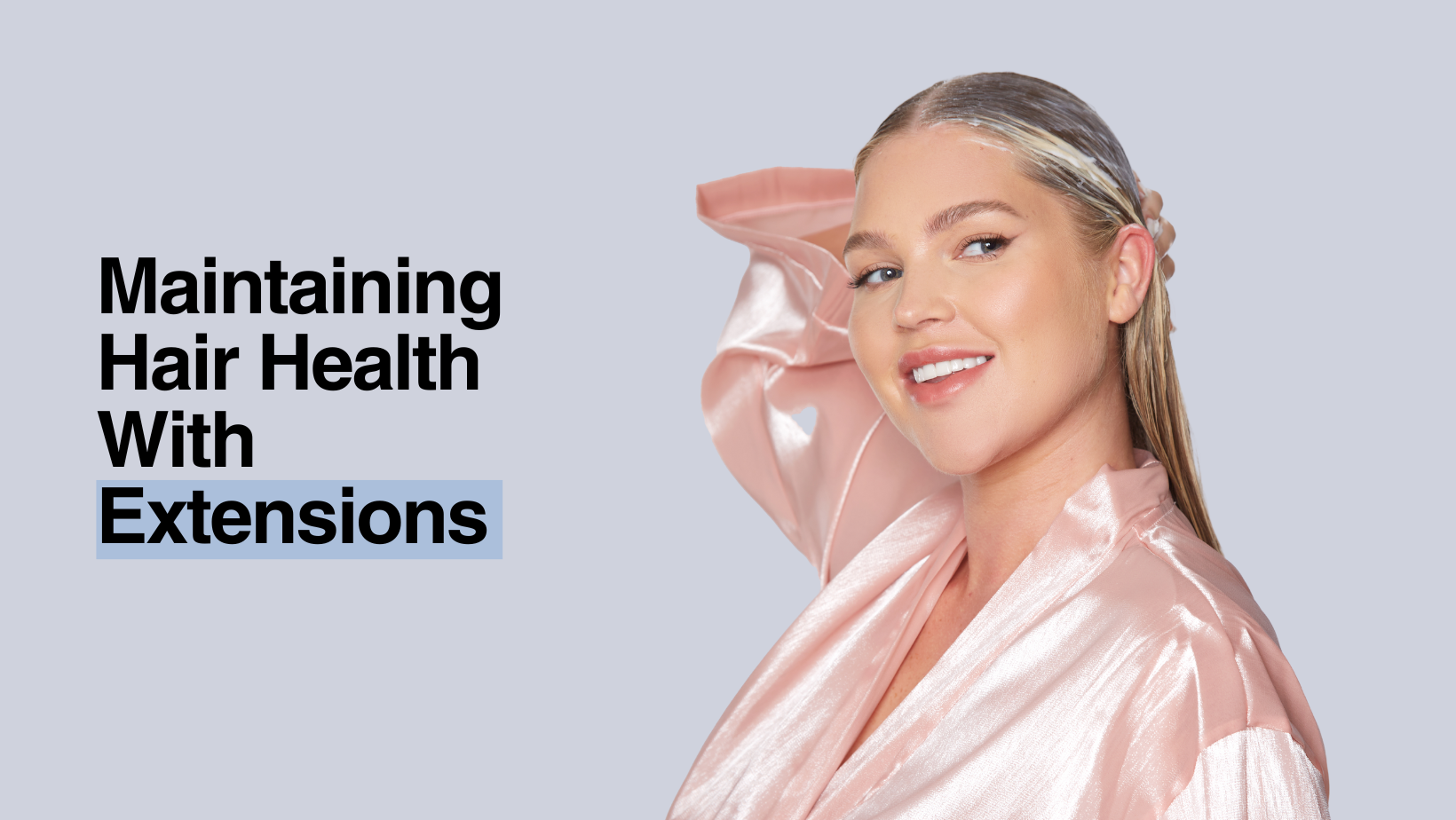
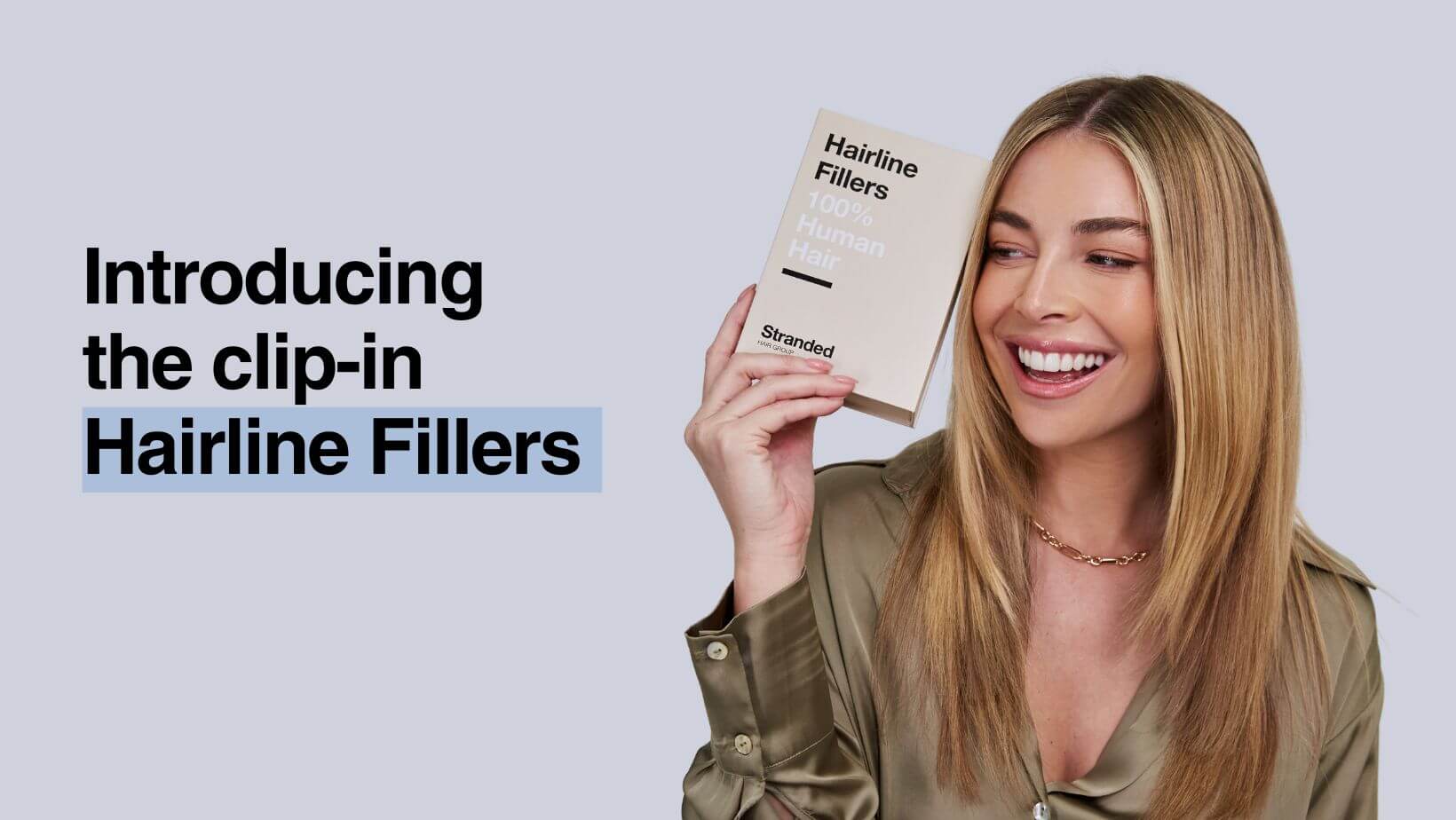
Leave a comment
This site is protected by hCaptcha and the hCaptcha Privacy Policy and Terms of Service apply.